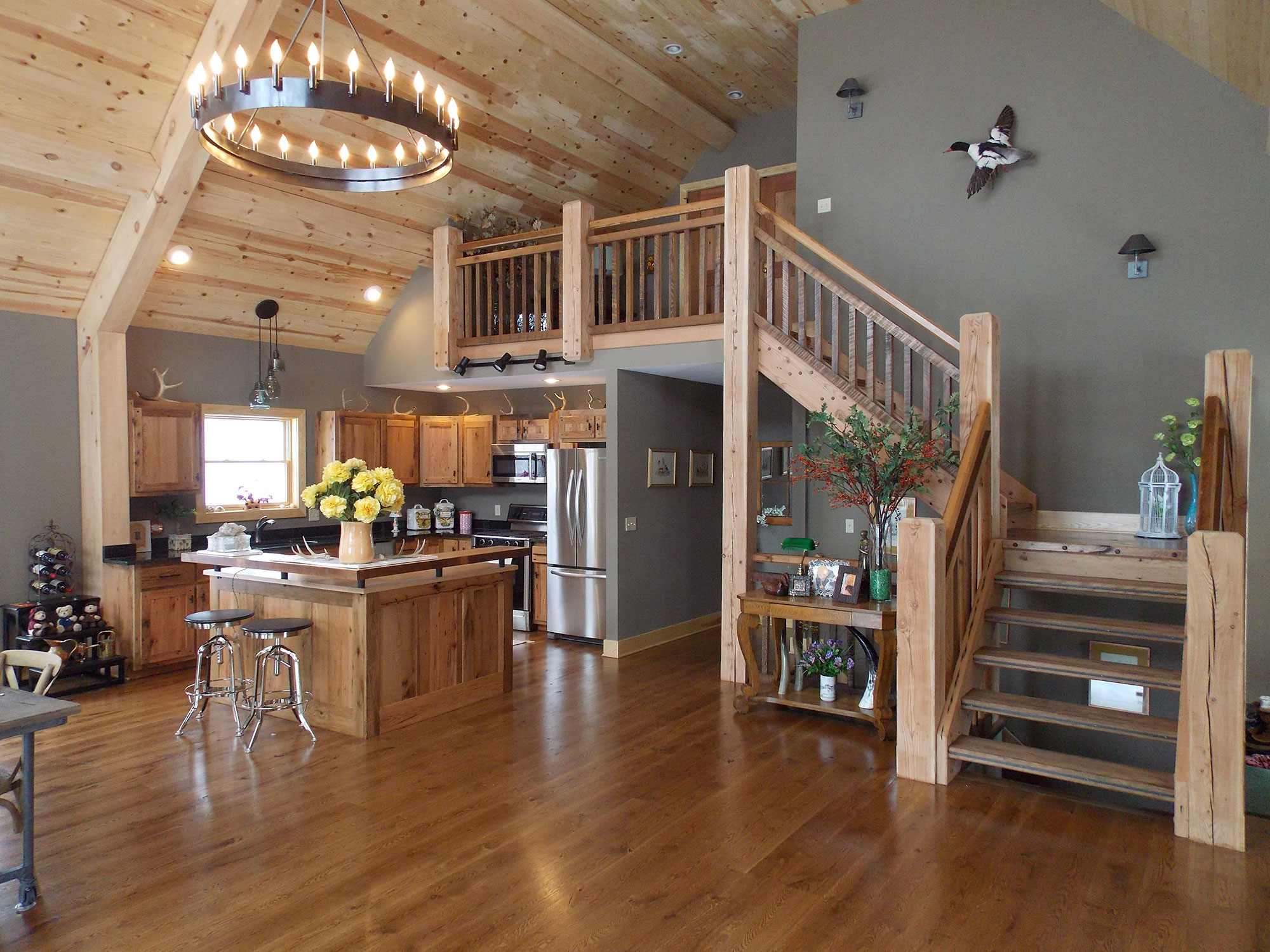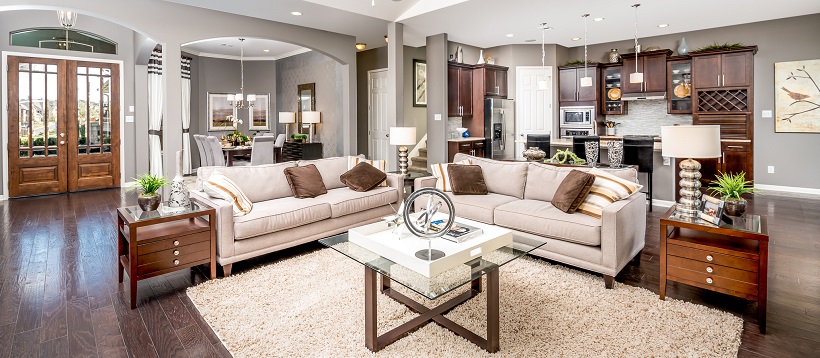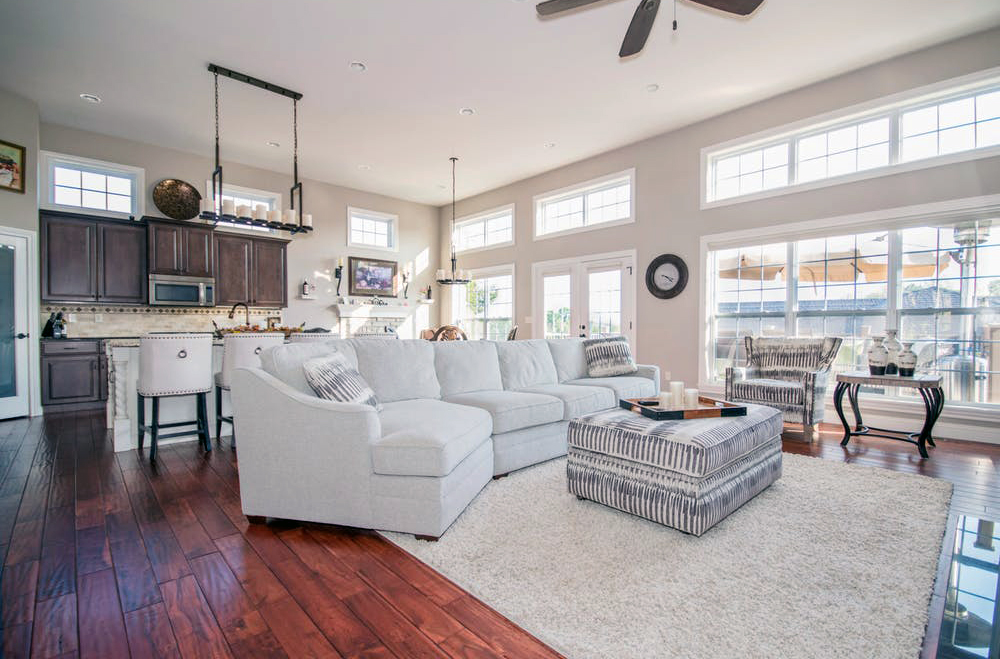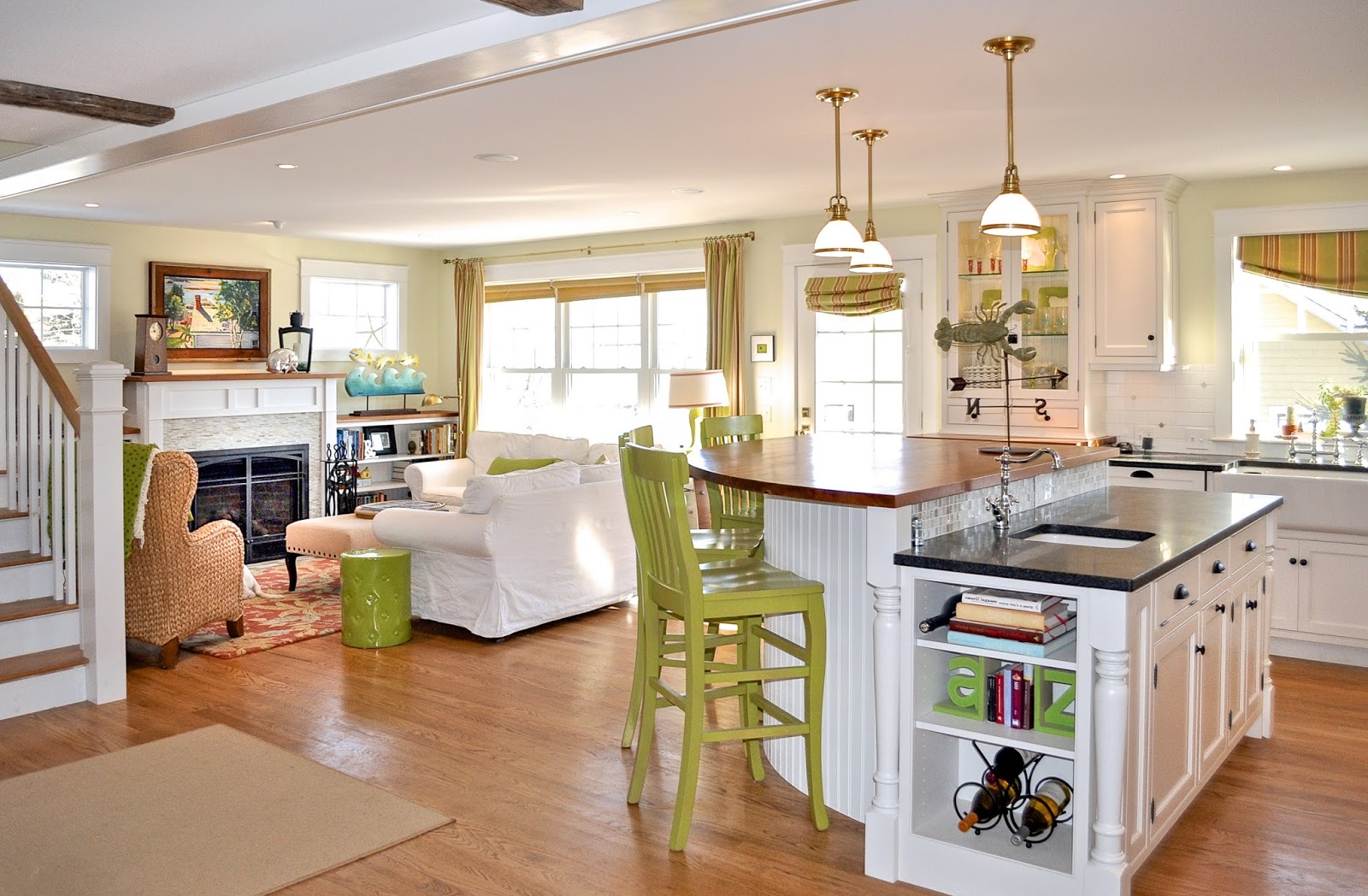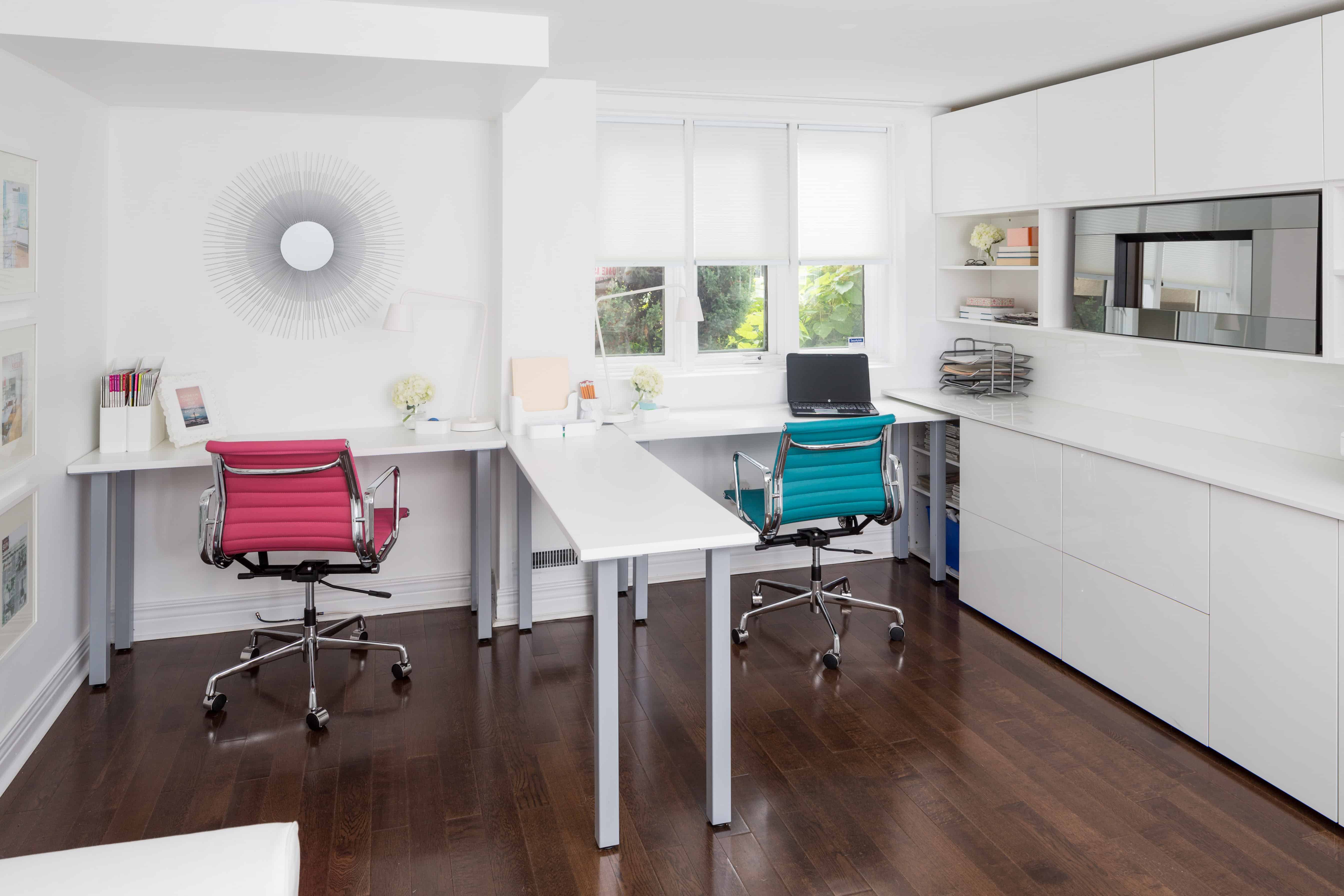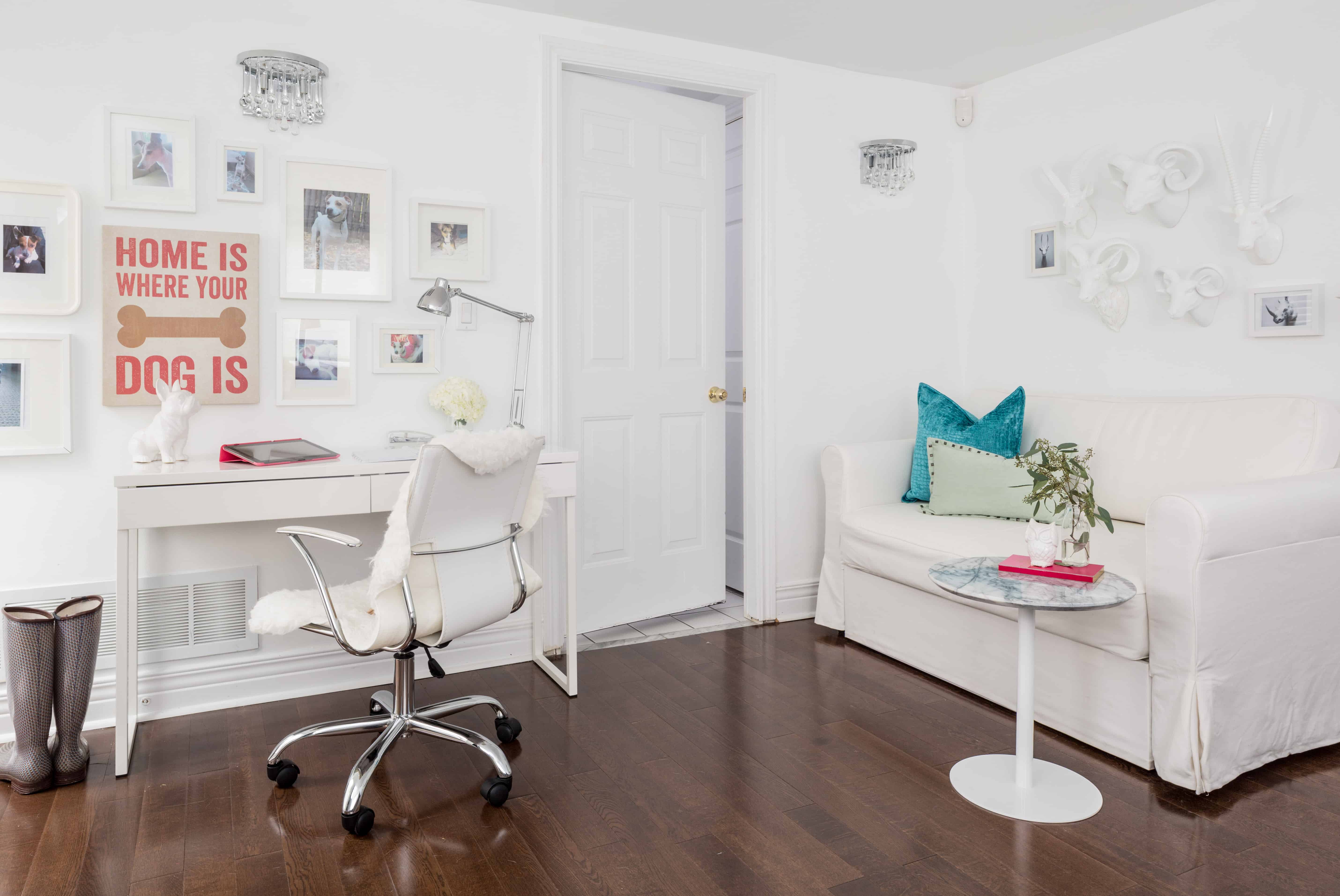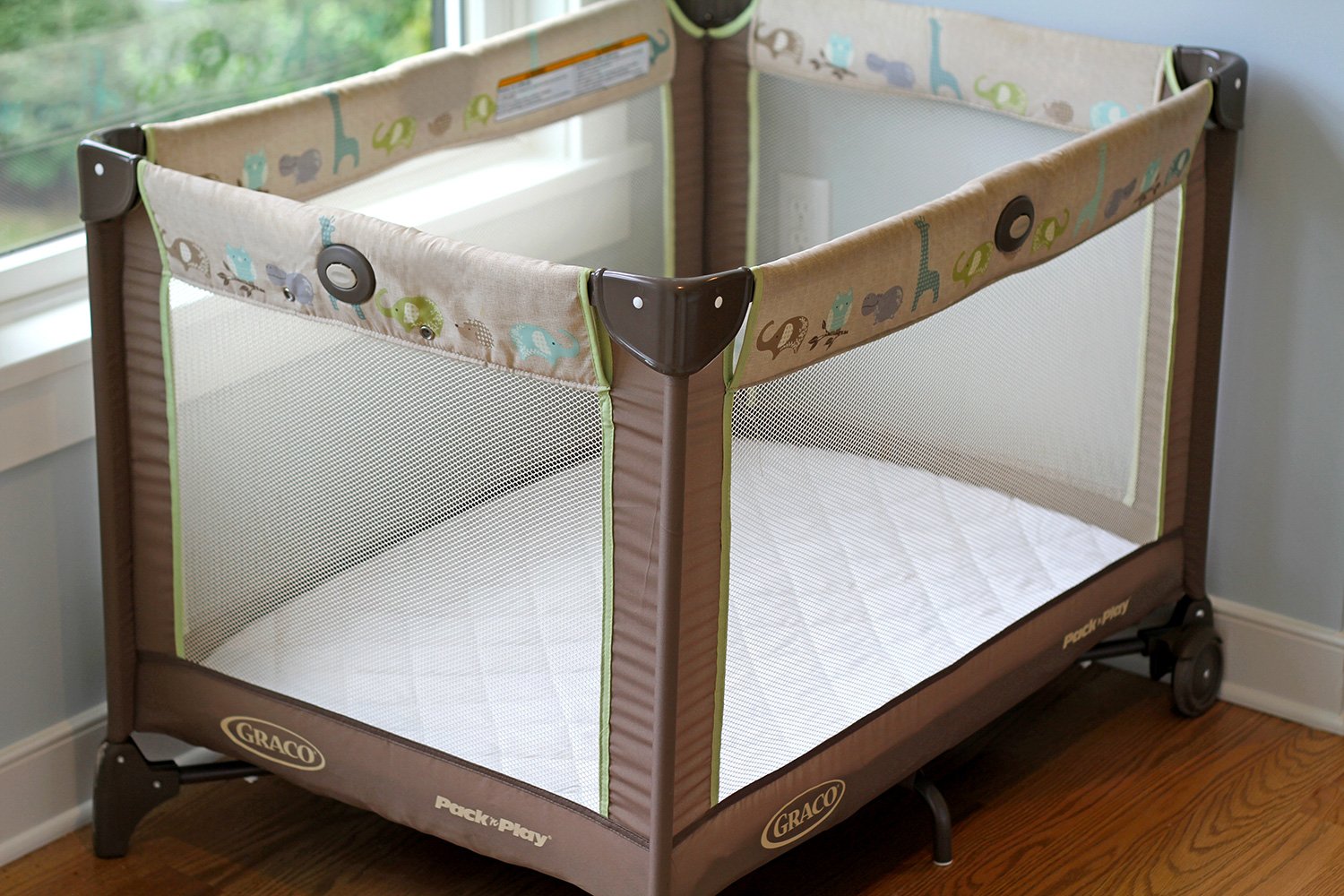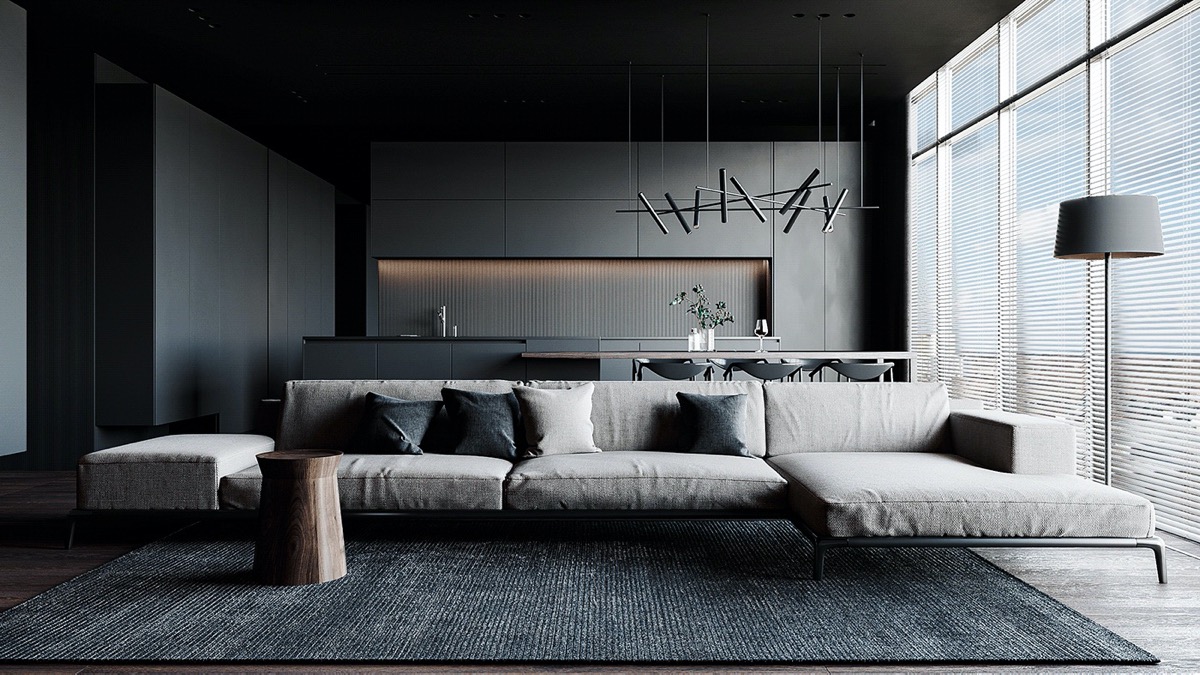Furniture Placement
When designing a living room that is not centered around a TV, the placement of furniture becomes crucial. Instead of arranging the furniture around a TV, focus on creating conversation areas and a cohesive flow in the room. Place couches and chairs facing each other to encourage conversation and create a cozy atmosphere. Functional furniture such as a coffee table or ottoman can serve as a focal point in the room.
Living Room Design
Designing a living room without a TV at the center allows for more creativity and personalization. Without the constraint of a TV, you can focus on incorporating decorative elements that reflect your personal style. Consider using unique pieces of artwork, plants, or statement furniture to add character to the room. Embrace your creativity and make the room truly your own.
Room Layout
The layout of a living room without a TV can be more versatile and open. Instead of having to face all the furniture towards a TV, you can play around with different seating arrangements and room layouts. Consider using a sectional or modular furniture to create different zones in the room, such as a reading nook or a cozy corner for lounging.
Focal Point
Without a TV, the focal point of the room can become a statement piece of furniture, a fireplace, or a large window with a beautiful view. Choose a focal point that reflects your personal style and enhances the overall design of the room. Make sure to arrange the furniture around the focal point to create balance and flow in the room.
Decorative Elements
Incorporating decorative elements such as artwork, plants, or decorative pillows can add personality and warmth to a living room without a TV. These elements can also serve as conversation starters and make the room feel more inviting. Be creative and mix and match different textures, colors, and patterns to add visual interest to the space.
Wall Decor
Without a TV taking up space on the wall, you have more freedom to play around with different wall decor. Hang a gallery wall of family photos, create a statement wall with a unique wallpaper, or use floating shelves to display your favorite decorative pieces. Wall decor is a great way to add personality and character to a living room without a TV.
Seating Arrangement
The seating arrangement in a living room without a TV can be more flexible and versatile. Instead of having all the furniture facing towards a TV, consider creating different seating areas throughout the room. This can include a reading nook with a comfortable armchair and a floor lamp, a conversation area with a couch and chairs, or a cozy corner with a bean bag or oversized floor cushions.
Natural Light
A living room without a TV at the center allows for more natural light to flow into the space. Take advantage of this by arranging the furniture in a way that allows for easy access to windows and doors. Natural light can make a room feel more open and airy, and it also has numerous health benefits. Make sure to keep the curtains or blinds open during the day to let in as much natural light as possible.
Open Concept
Not having a TV as the main focus in a living room allows for a more open concept space. Instead of feeling limited by a TV, you can create a room that flows seamlessly into other areas of your home. This is especially beneficial for smaller spaces, as it can make the room feel more spacious and less cluttered. Consider incorporating elements such as a bar cart or a bookshelf to visually divide the space without closing it off.
Functional Space
Without a TV taking up space, a living room can become a more functional space. Consider using the room for activities such as reading, playing board games, or simply relaxing and enjoying the company of loved ones. Make sure to choose furniture that not only looks good but also serves a purpose and enhances the overall functionality of the room.
The Benefits of Not Centering Your Living Room Around a TV

Creating a More Balanced and Welcoming Space
 When it comes to designing your living room, it's common to have the TV as the focal point. However, there are many benefits to breaking away from this traditional setup and creating a living room that is not centered around a TV. By doing so, you can create a more balanced and welcoming space that is not dominated by a single piece of technology.
Reducing Screen Time and Promoting Family Bonding
In today's digital age, it's no secret that we spend a lot of time in front of screens. By not centering your living room around a TV, you are not only reducing the amount of time spent in front of a screen, but also promoting more meaningful interactions with your family and guests. Without a TV as the main focus, you and your loved ones can engage in activities such as playing games, having conversations, or simply spending quality time together.
Encouraging Creative Decor and Layout
Designing a living room that is not centered around a TV allows for more creativity in terms of decor and layout. Instead of arranging furniture and decor around a TV, you can experiment with different furniture arrangements, focal points, and decorative elements. This can add more personality and character to your living room, making it a unique and inviting space.
Creating a Cozier Atmosphere
Without a TV as the main focus, you can create a cozier atmosphere in your living room. Instead of facing all furniture towards a TV, you can create different seating areas that promote conversation and relaxation. This can make your living room feel more intimate and inviting, perfect for hosting guests or spending a quiet evening with your family.
Maximizing Space and Functionality
By not centering your living room around a TV, you can also maximize the space and functionality of the room. This is especially beneficial for smaller living rooms where space is limited. Without a TV taking up the majority of the room, you can incorporate other functional elements such as a reading nook, a workspace, or a play area for kids.
In conclusion, not centering your living room around a TV can have many benefits. It promotes less screen time and more quality time with loved ones, encourages creativity in decor and layout, creates a cozier atmosphere, and maximizes space and functionality. So, the next time you're designing your living room, consider breaking away from the traditional TV-centered setup and explore the endless possibilities of a living room that is not centered around a TV.
When it comes to designing your living room, it's common to have the TV as the focal point. However, there are many benefits to breaking away from this traditional setup and creating a living room that is not centered around a TV. By doing so, you can create a more balanced and welcoming space that is not dominated by a single piece of technology.
Reducing Screen Time and Promoting Family Bonding
In today's digital age, it's no secret that we spend a lot of time in front of screens. By not centering your living room around a TV, you are not only reducing the amount of time spent in front of a screen, but also promoting more meaningful interactions with your family and guests. Without a TV as the main focus, you and your loved ones can engage in activities such as playing games, having conversations, or simply spending quality time together.
Encouraging Creative Decor and Layout
Designing a living room that is not centered around a TV allows for more creativity in terms of decor and layout. Instead of arranging furniture and decor around a TV, you can experiment with different furniture arrangements, focal points, and decorative elements. This can add more personality and character to your living room, making it a unique and inviting space.
Creating a Cozier Atmosphere
Without a TV as the main focus, you can create a cozier atmosphere in your living room. Instead of facing all furniture towards a TV, you can create different seating areas that promote conversation and relaxation. This can make your living room feel more intimate and inviting, perfect for hosting guests or spending a quiet evening with your family.
Maximizing Space and Functionality
By not centering your living room around a TV, you can also maximize the space and functionality of the room. This is especially beneficial for smaller living rooms where space is limited. Without a TV taking up the majority of the room, you can incorporate other functional elements such as a reading nook, a workspace, or a play area for kids.
In conclusion, not centering your living room around a TV can have many benefits. It promotes less screen time and more quality time with loved ones, encourages creativity in decor and layout, creates a cozier atmosphere, and maximizes space and functionality. So, the next time you're designing your living room, consider breaking away from the traditional TV-centered setup and explore the endless possibilities of a living room that is not centered around a TV.



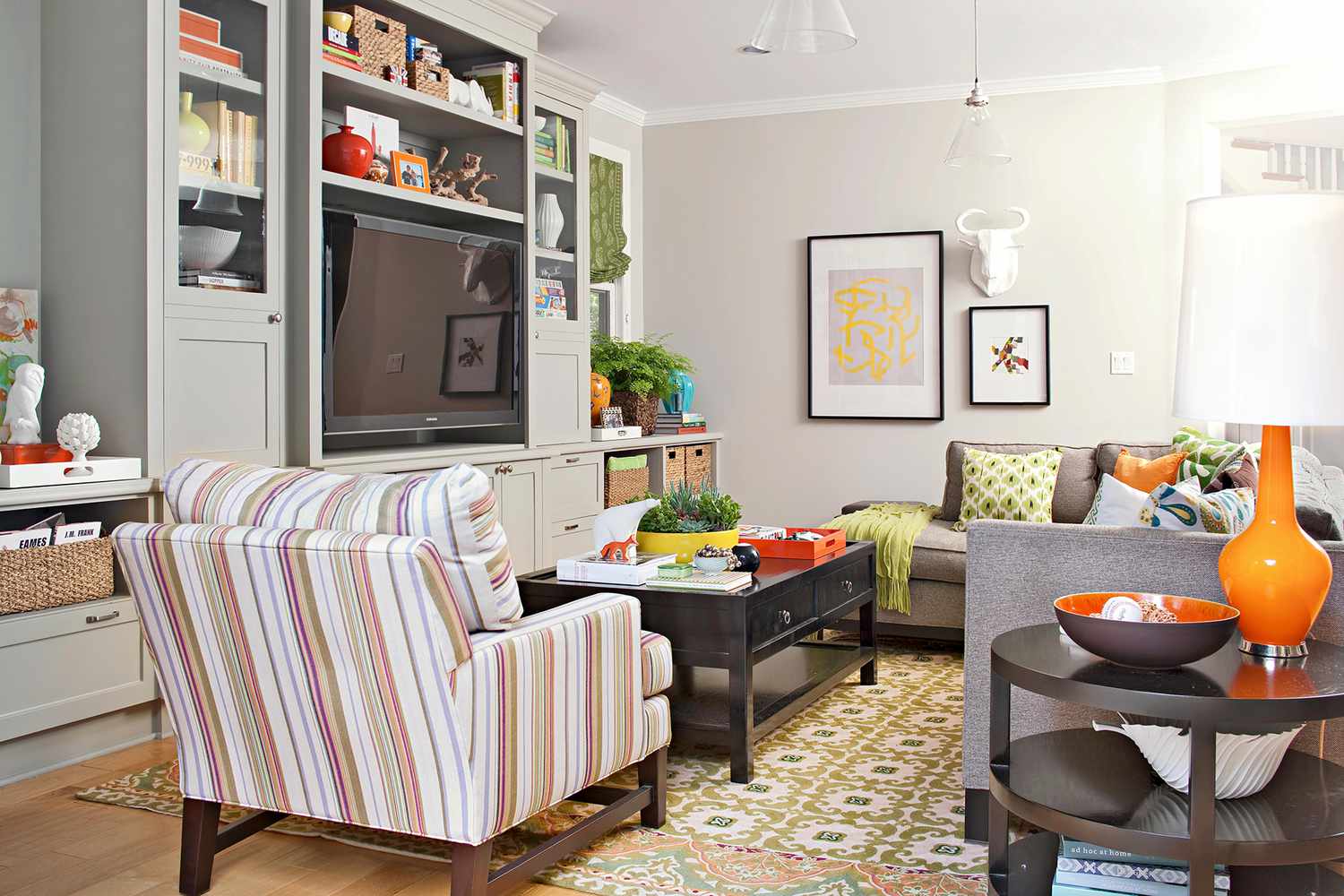

/twenty20_cc649399-40dc-4816-8620-37b365d88f70-5a01d3be22fa3a0037001998.jpg)

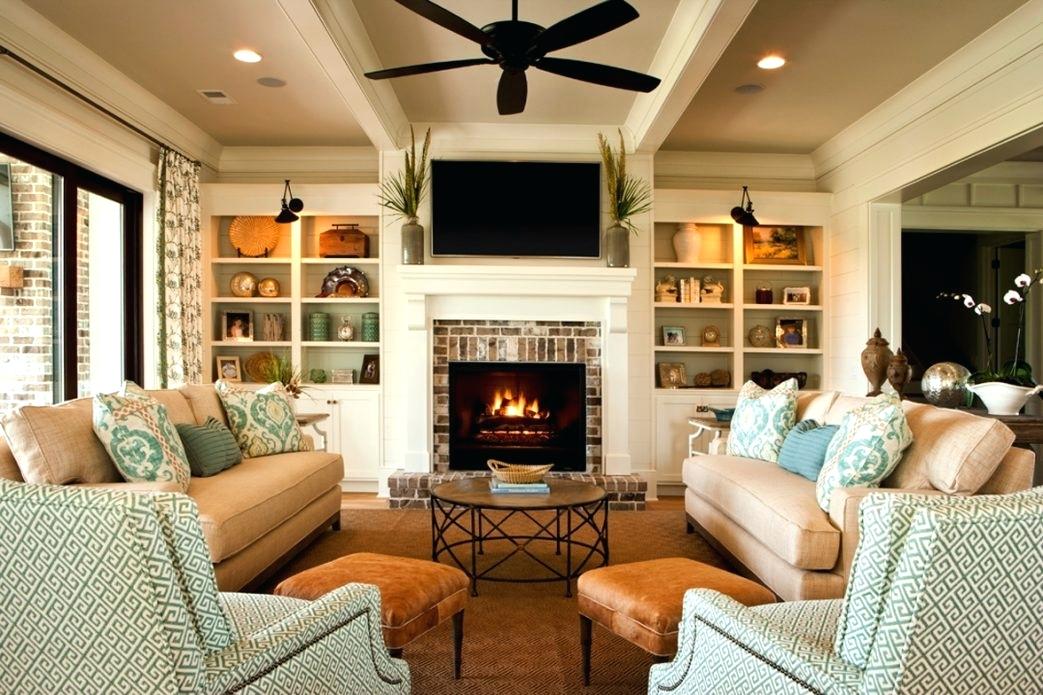
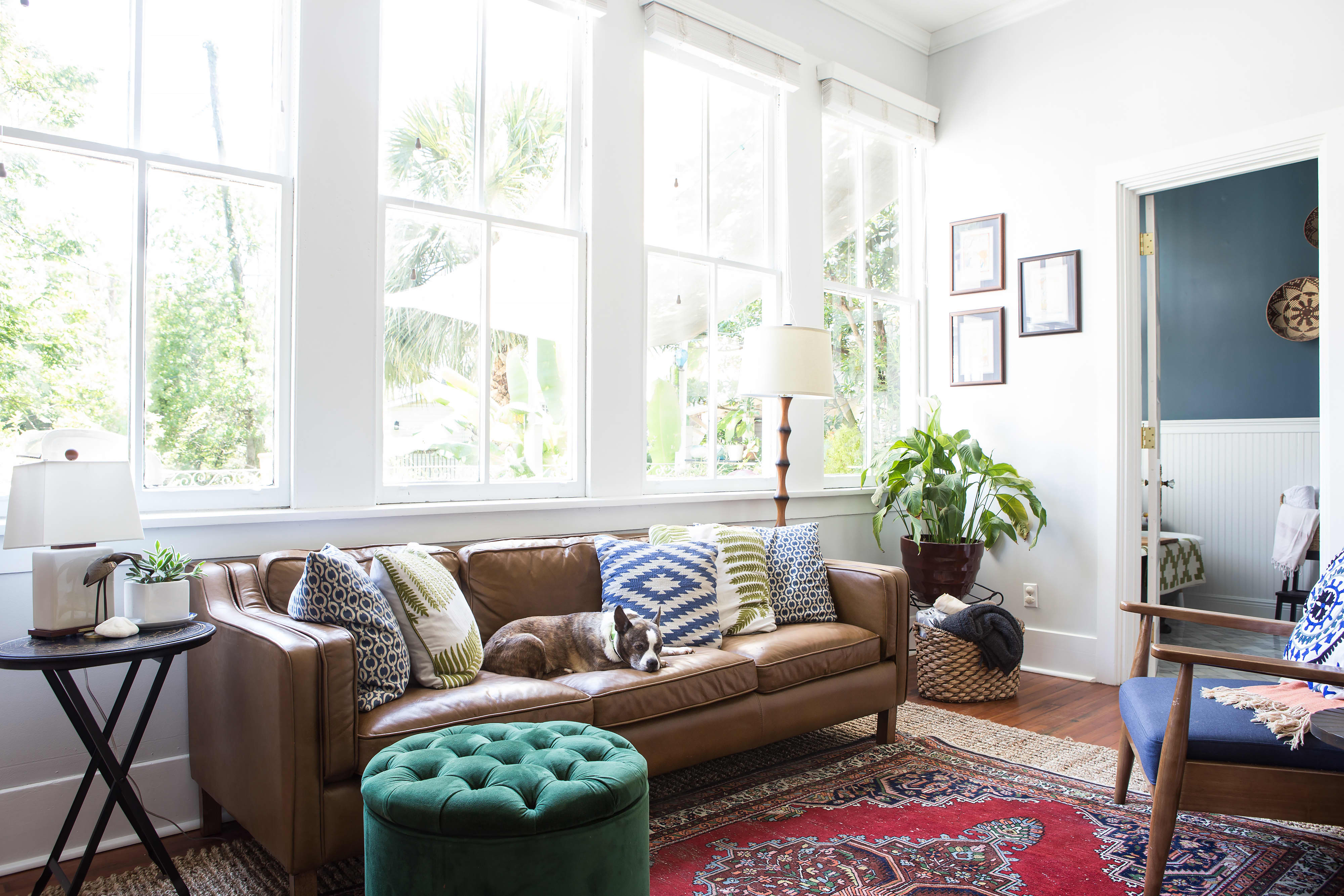


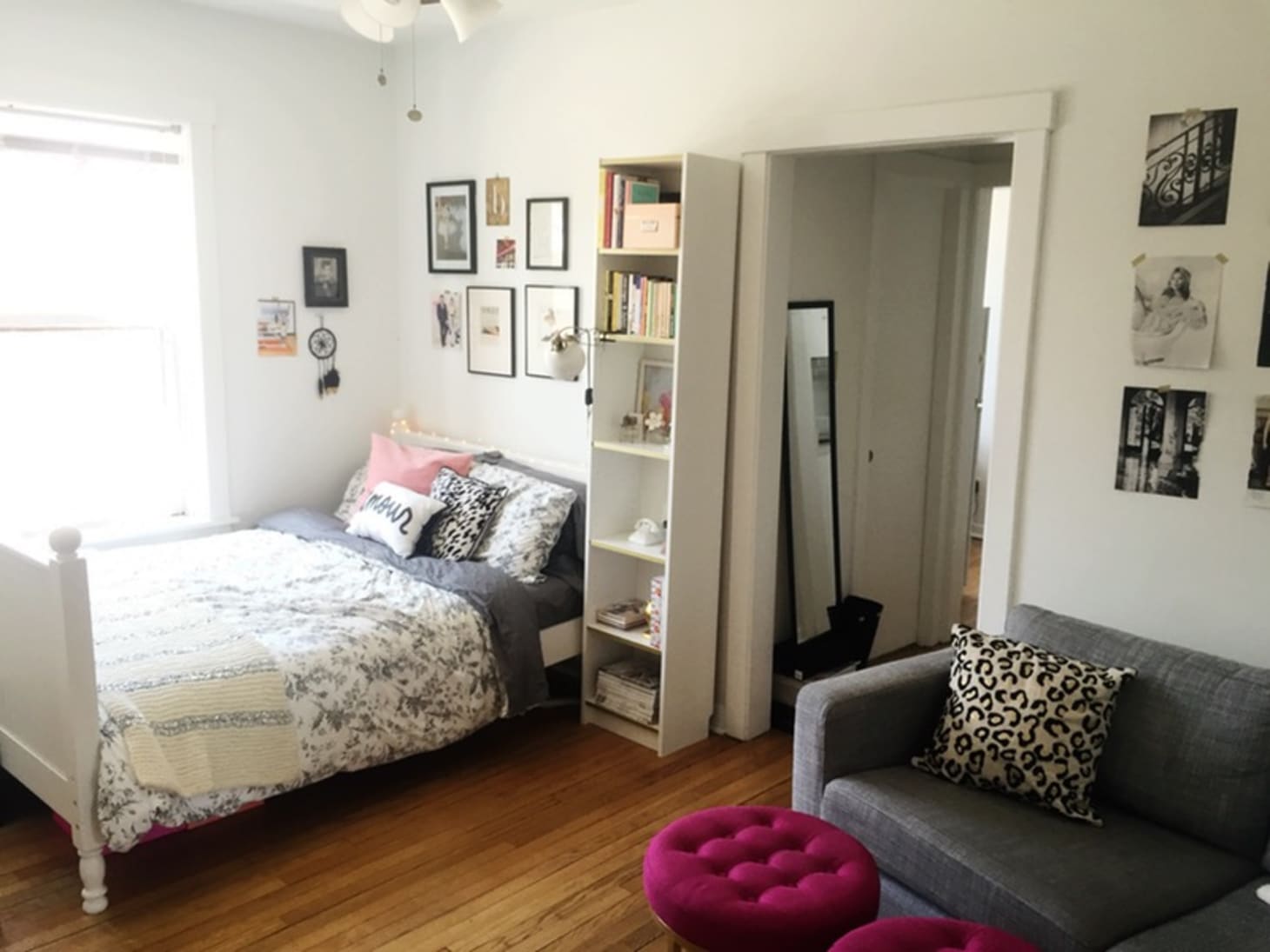

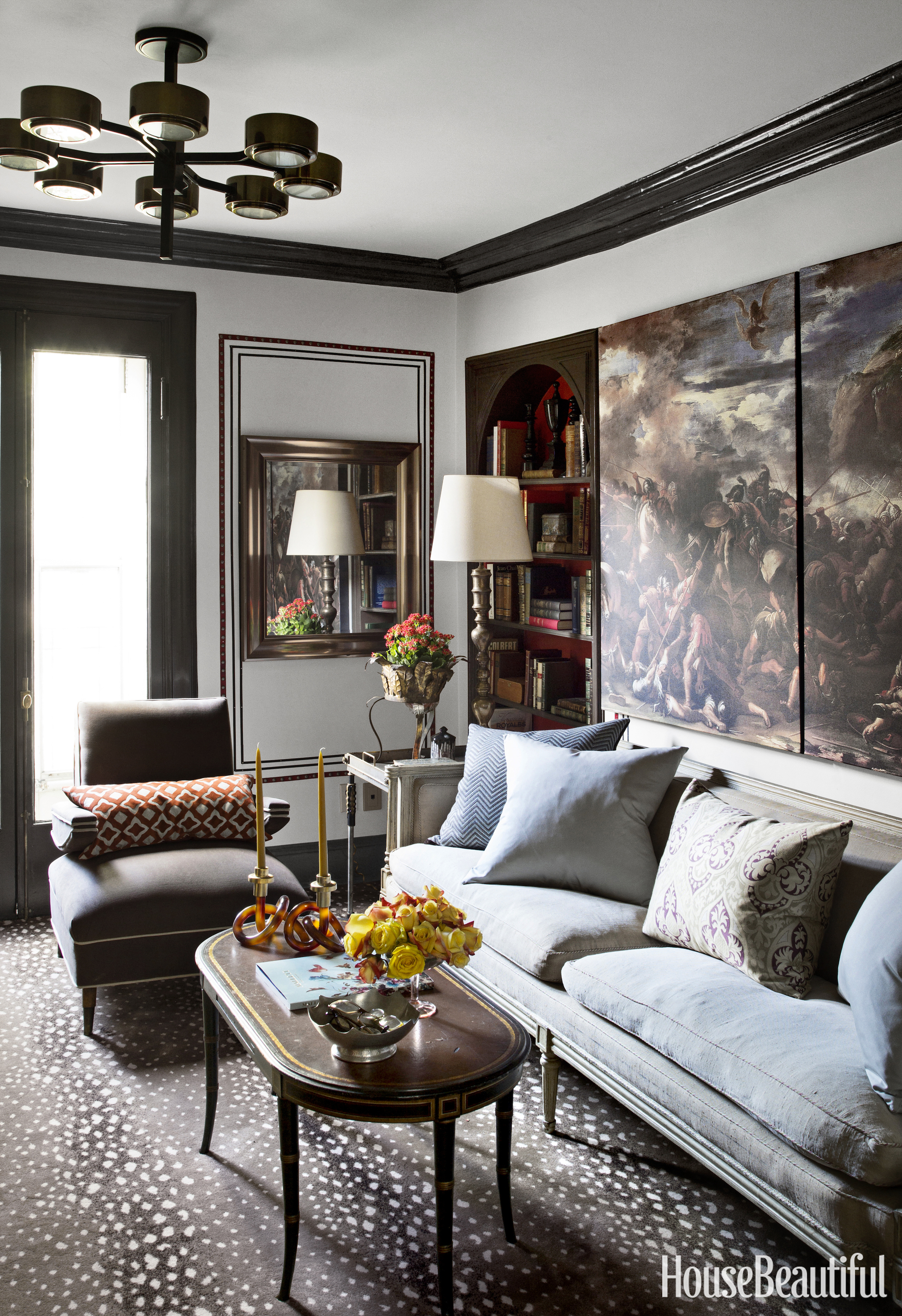
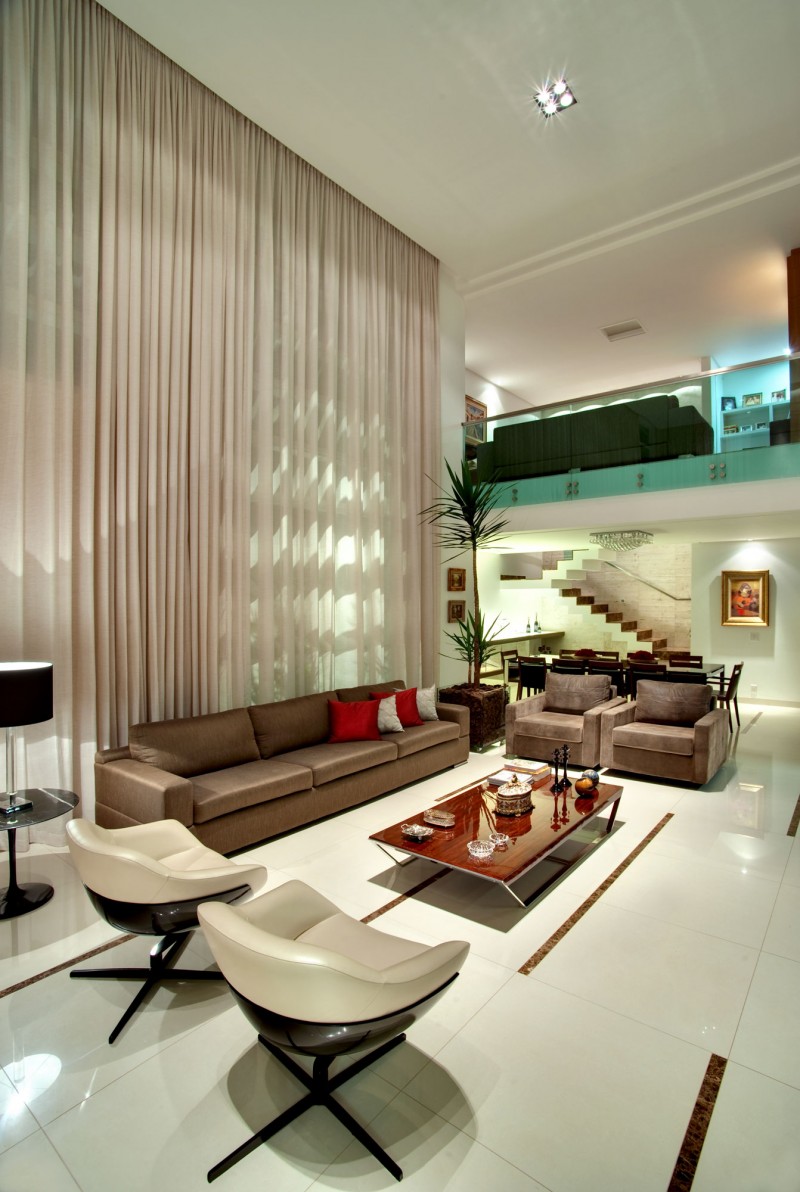
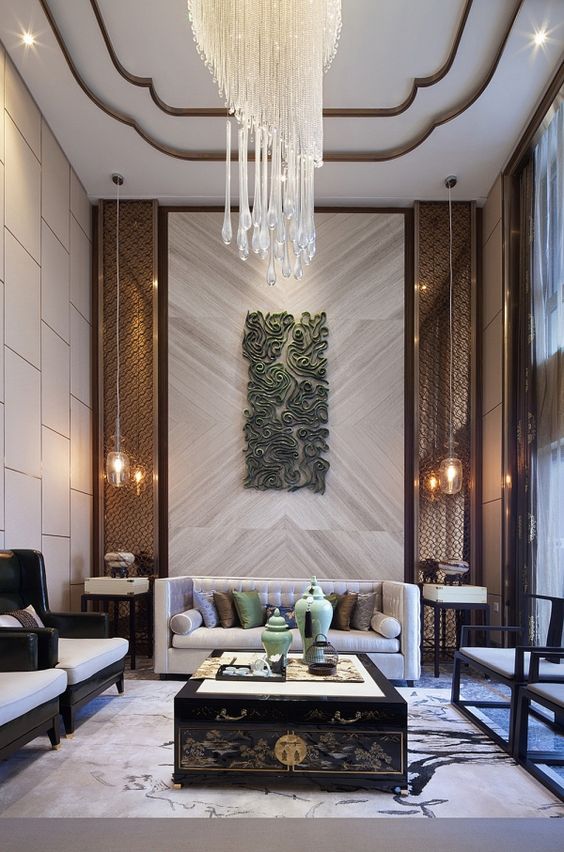
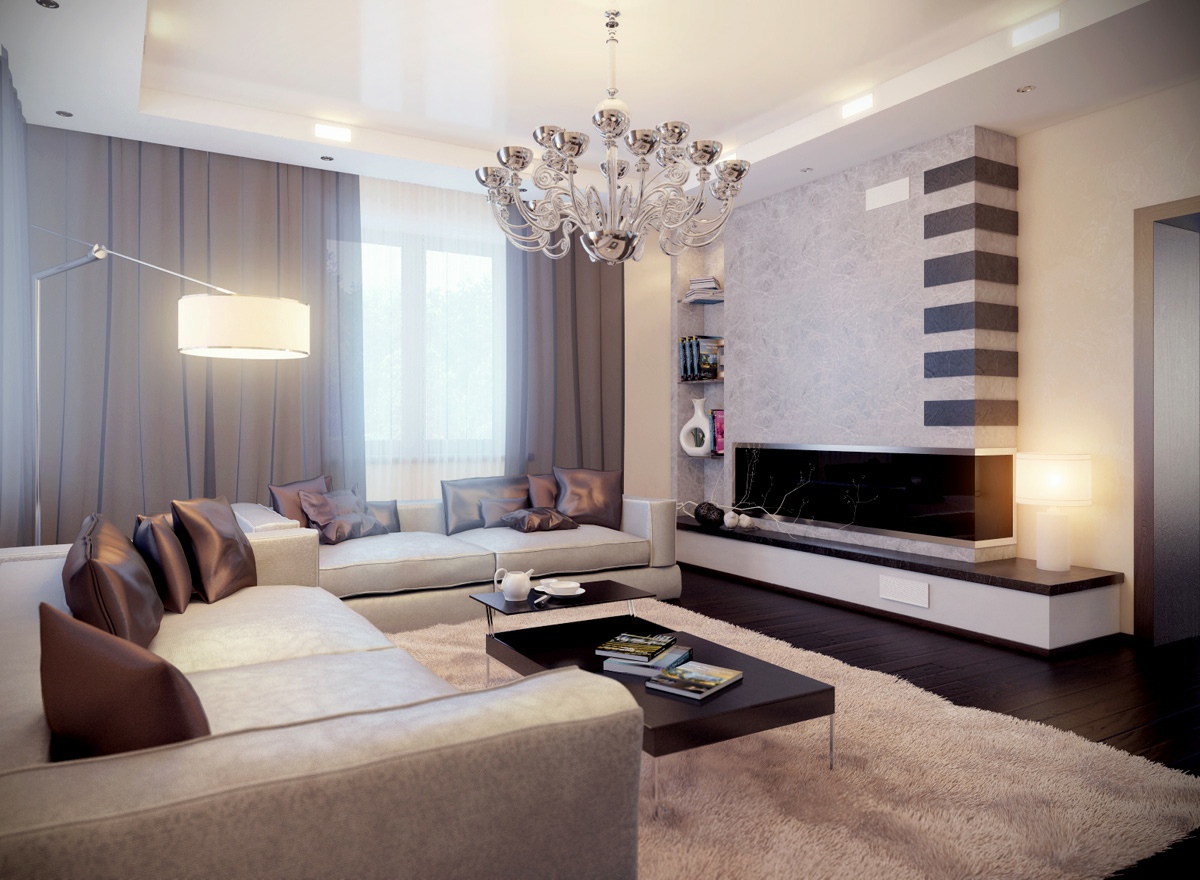
:max_bytes(150000):strip_icc()/Chuck-Schmidt-Getty-Images-56a5ae785f9b58b7d0ddfaf8.jpg)

/GettyImages-9261821821-5c69c1b7c9e77c0001675a49.jpg)

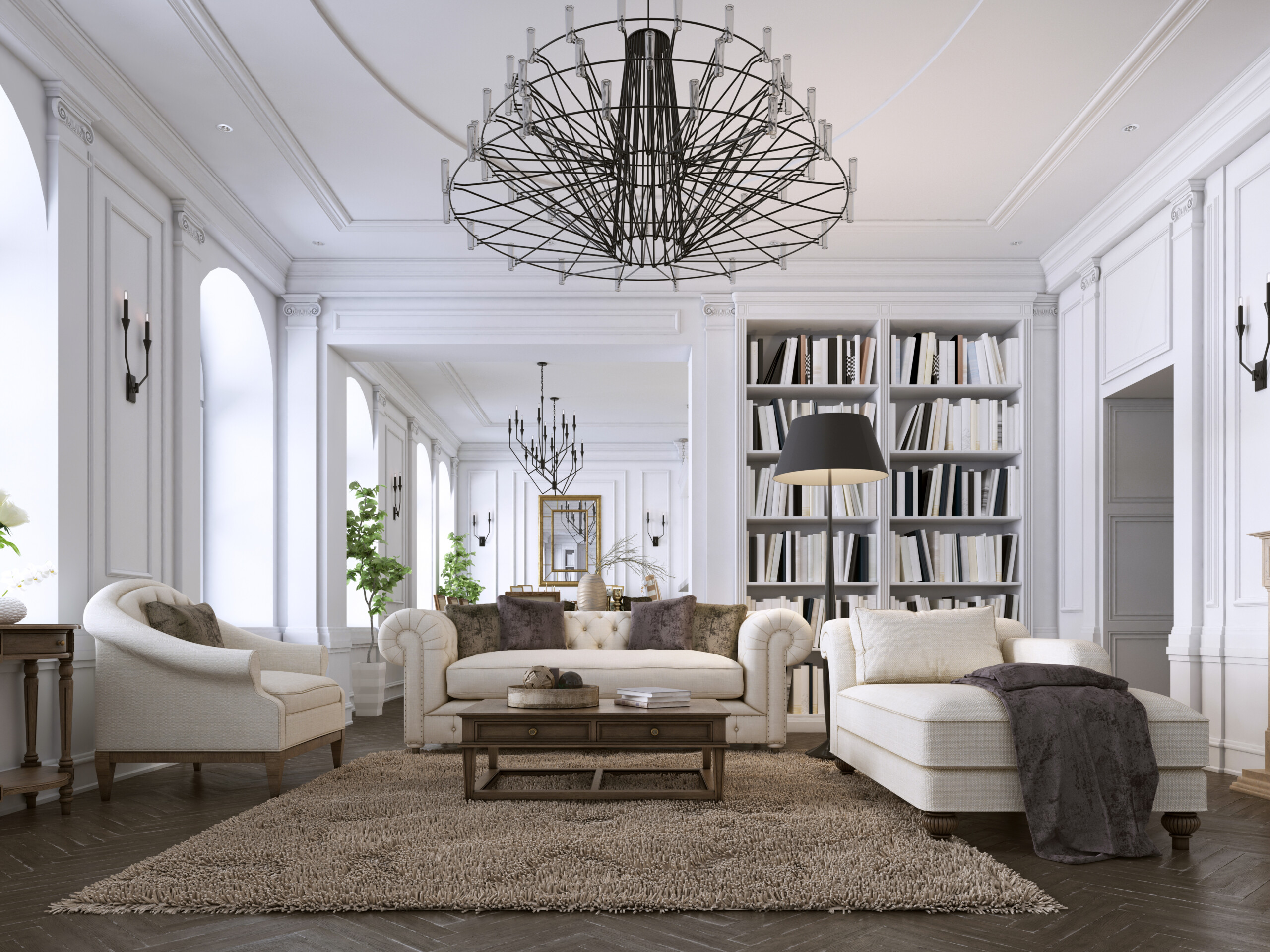

.jpg)
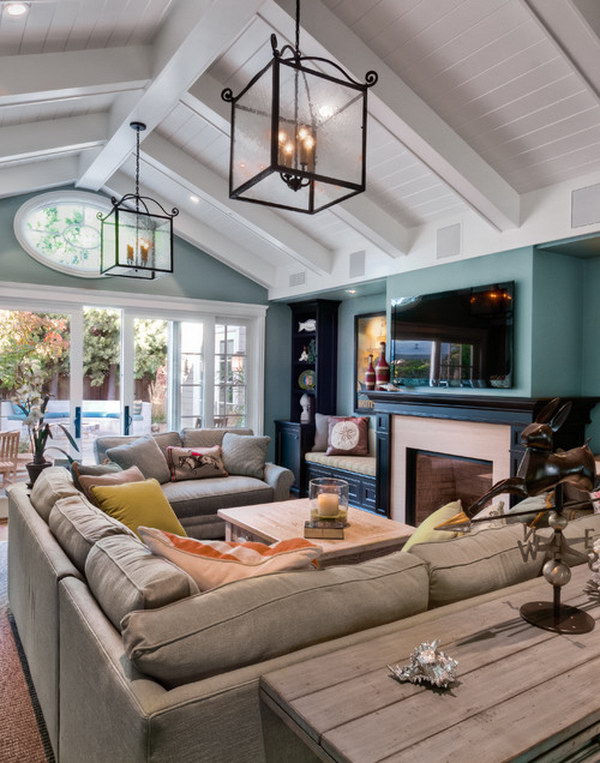
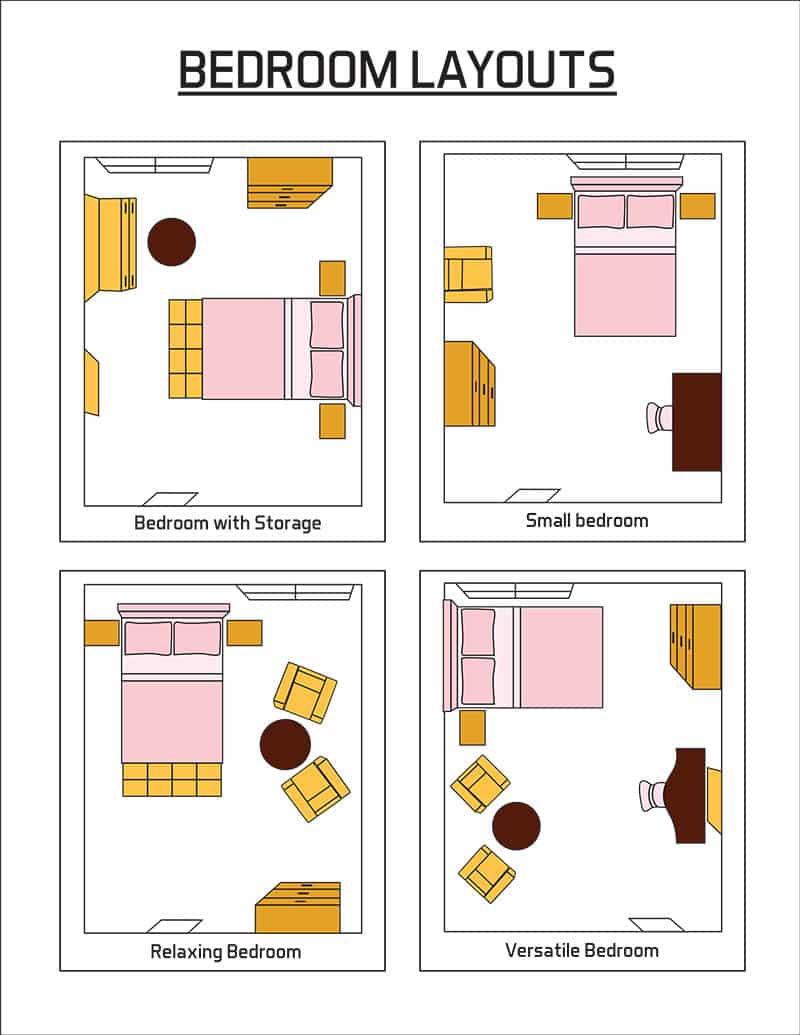


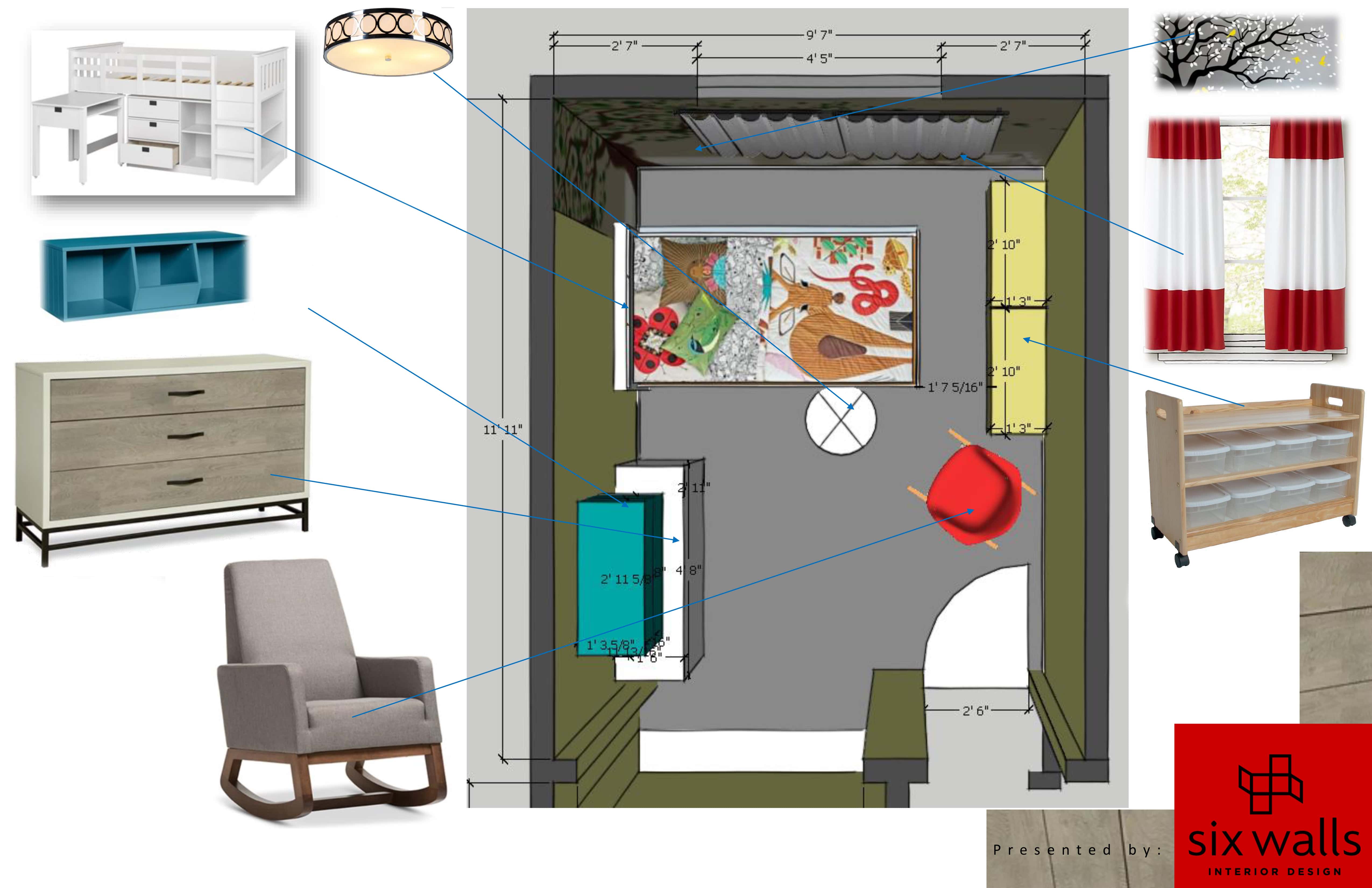



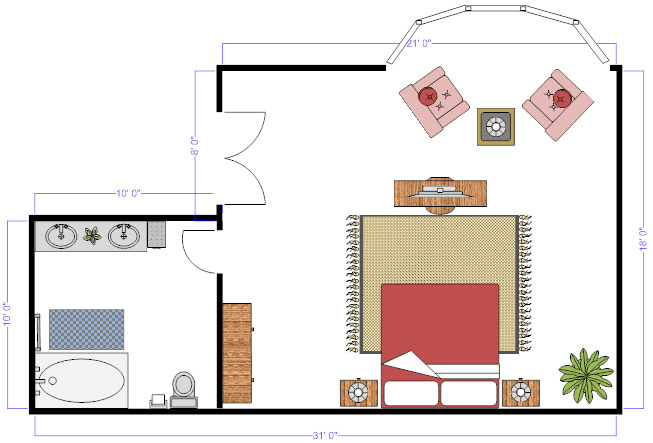
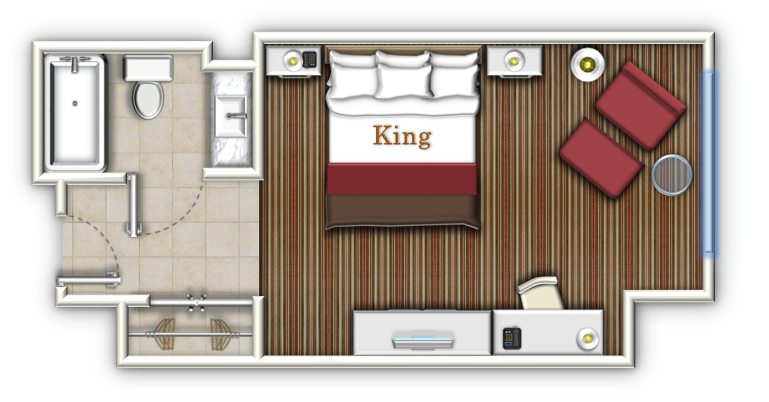
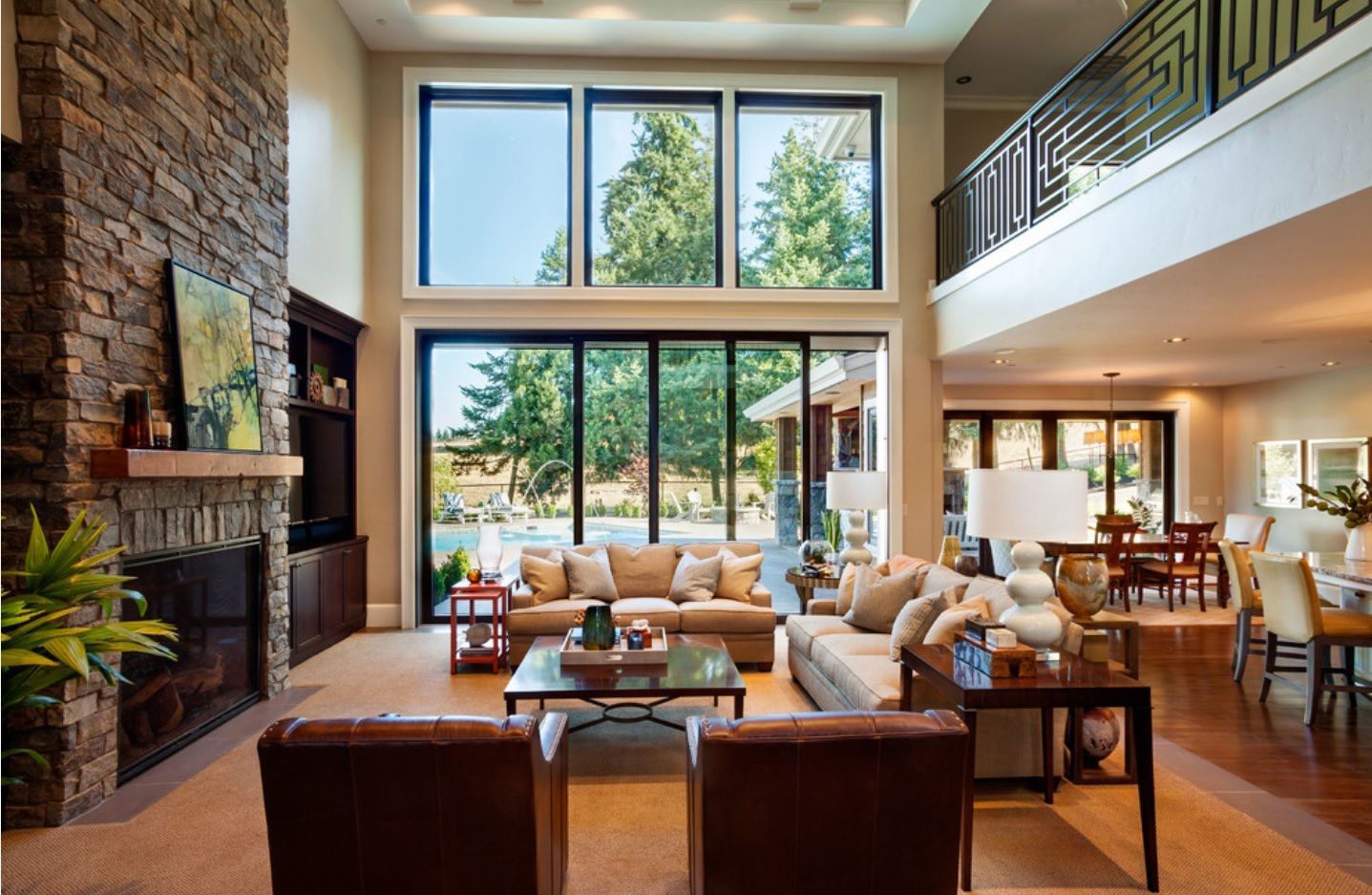








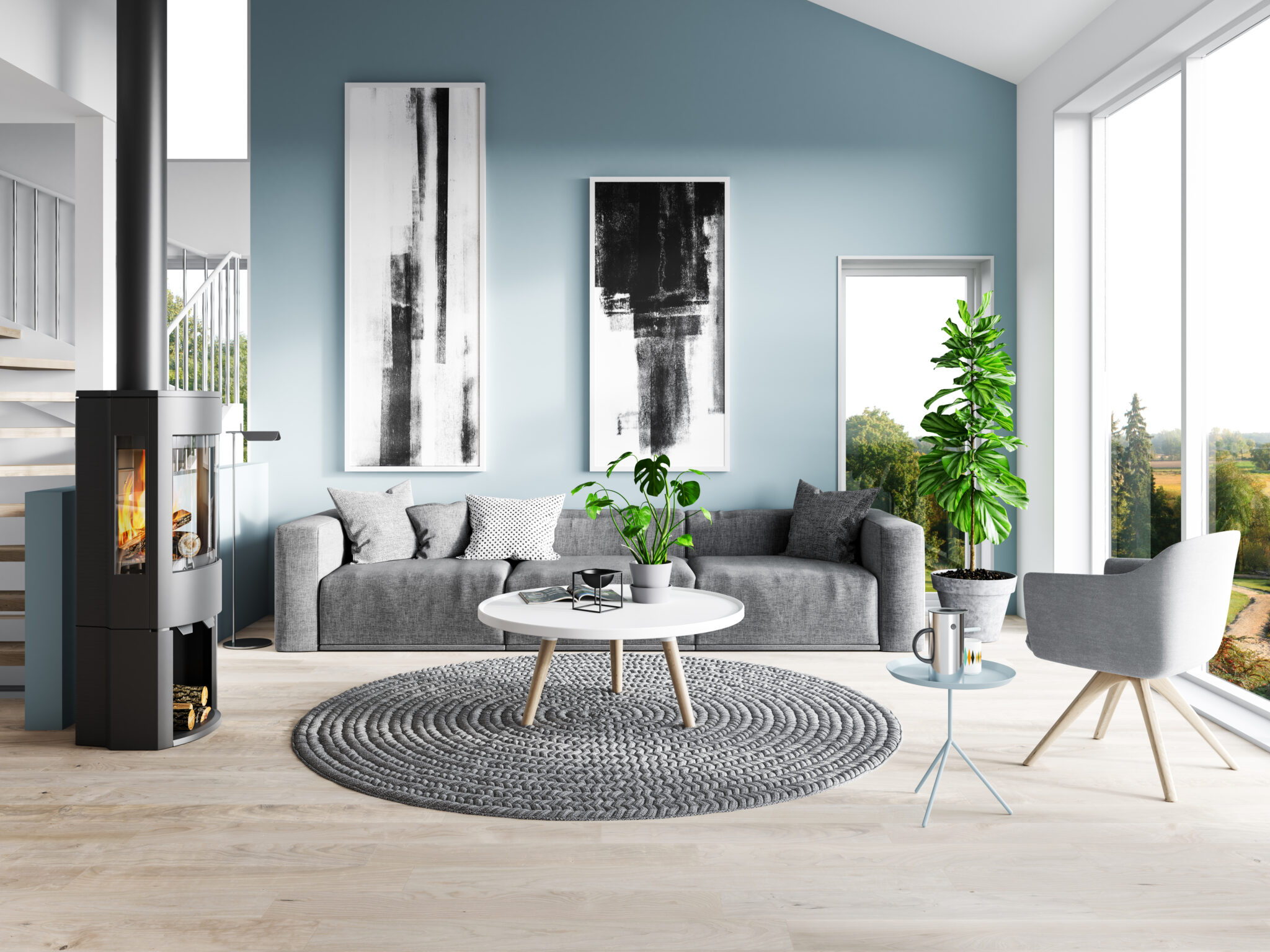
















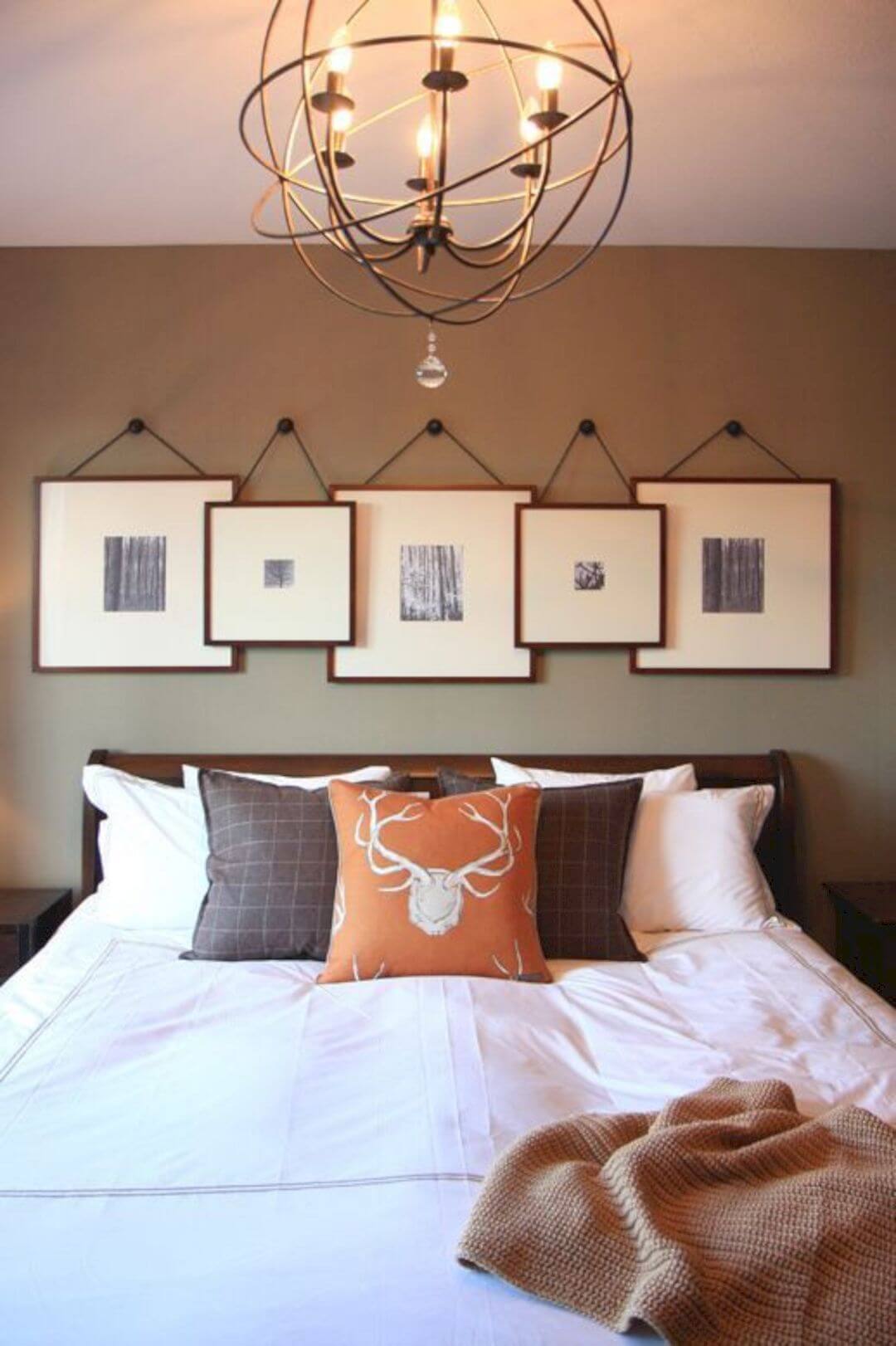
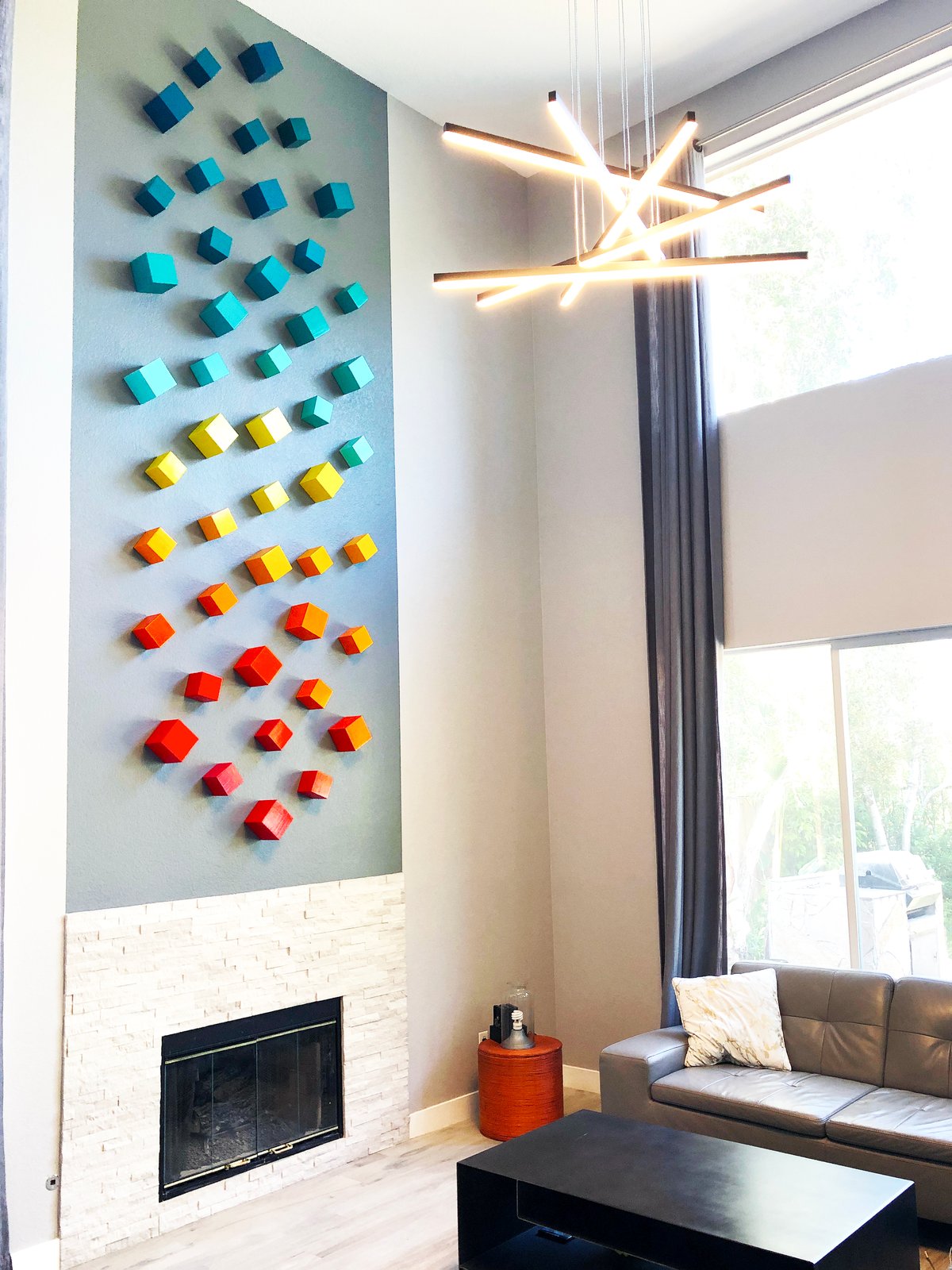





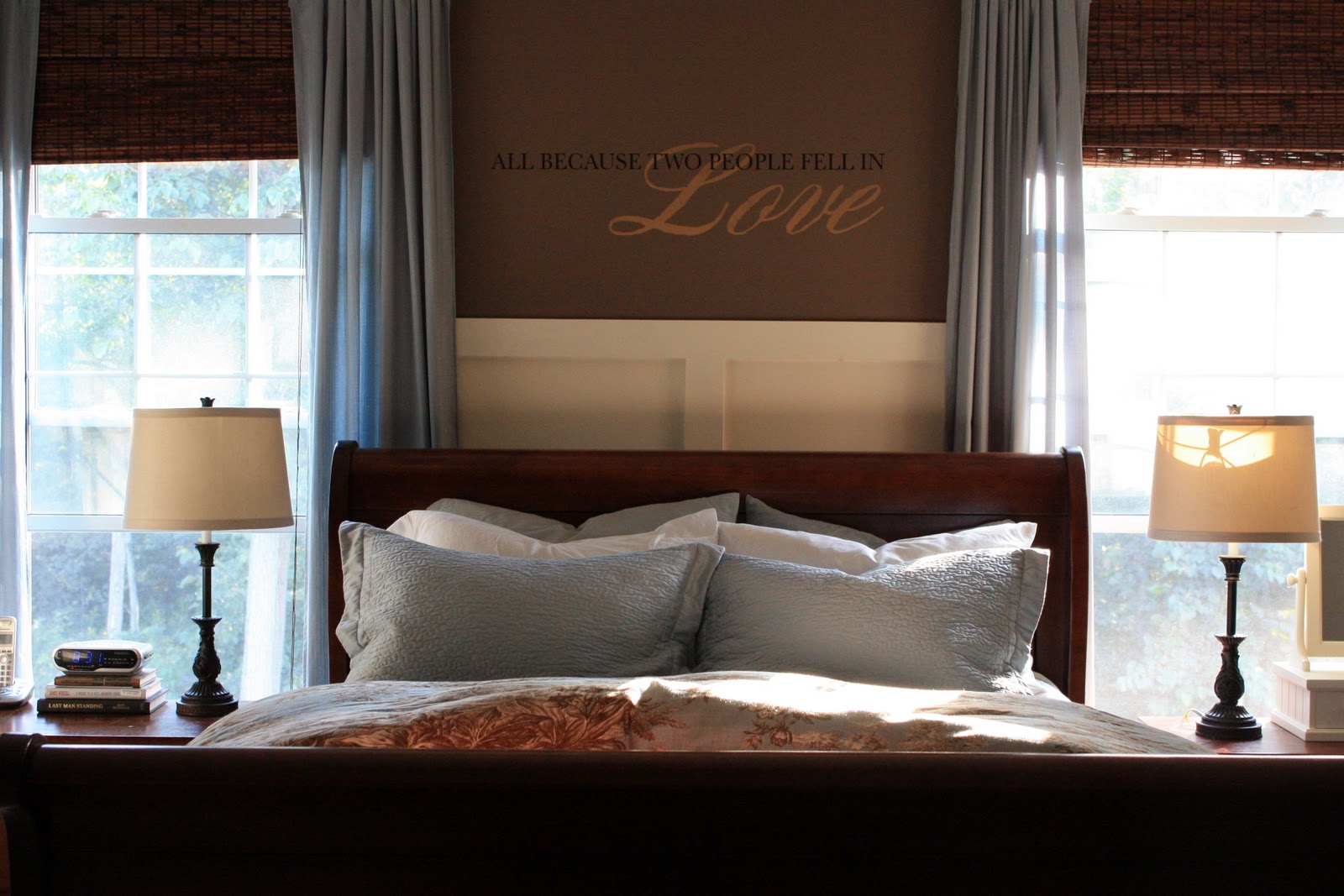

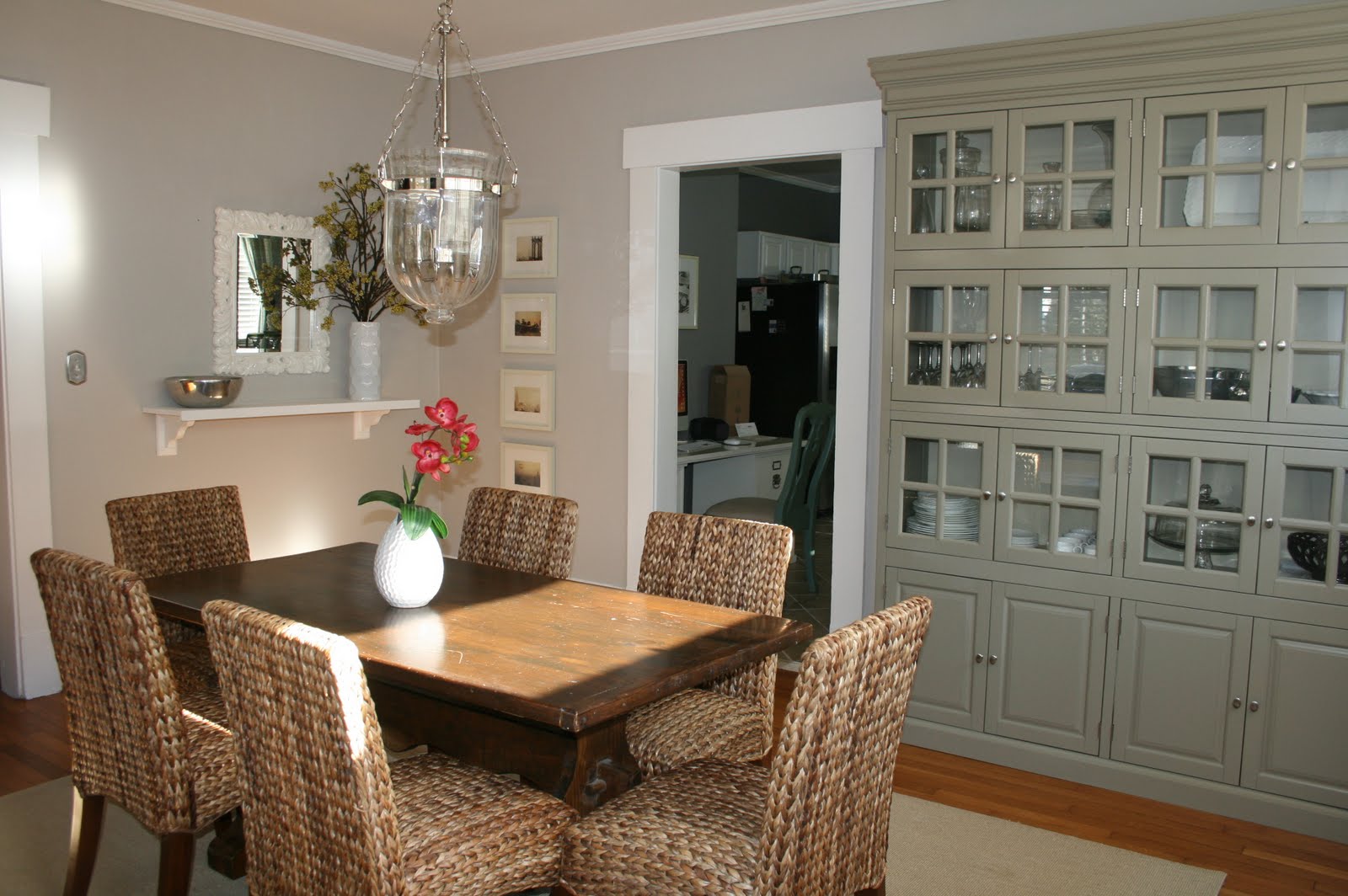


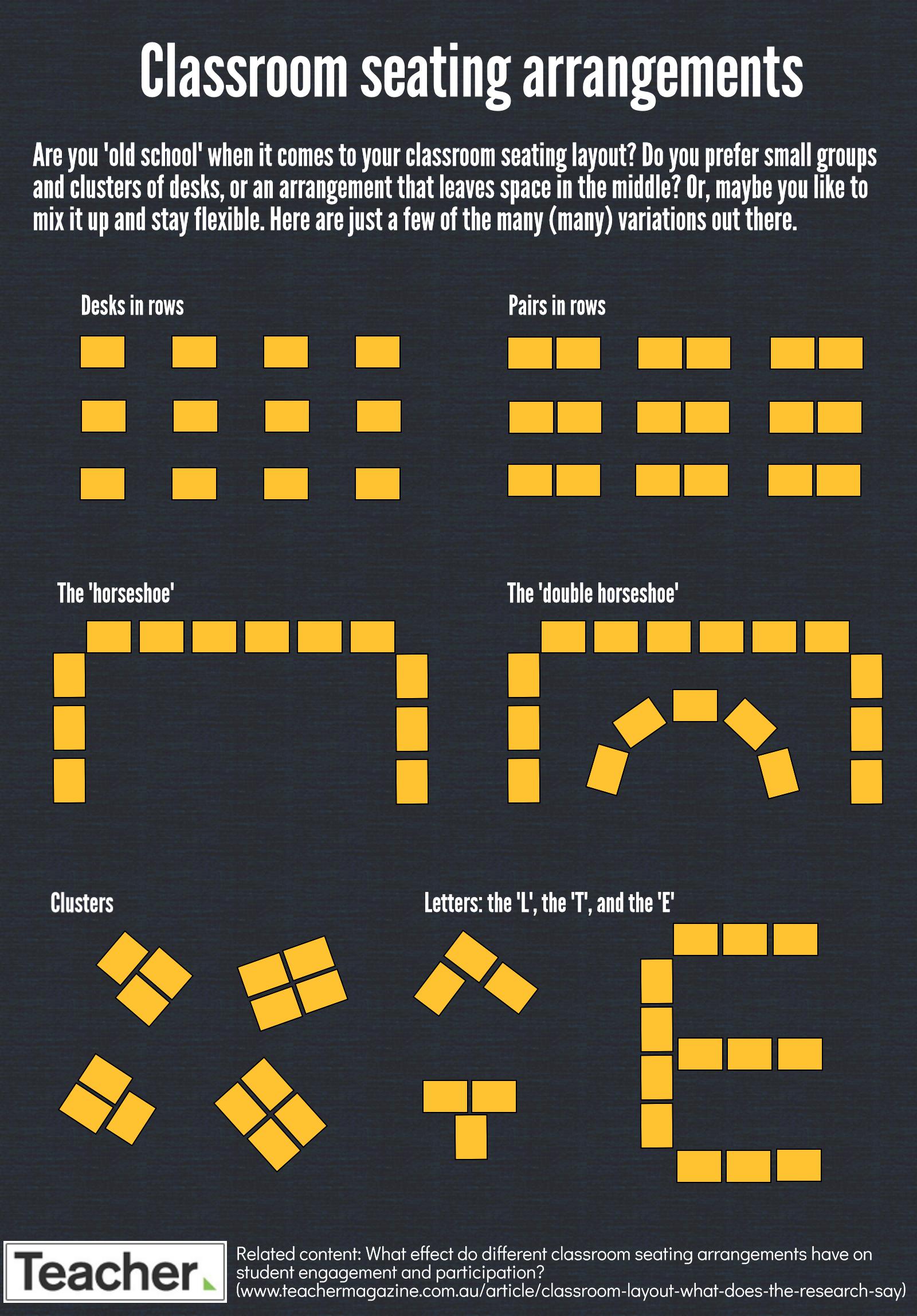

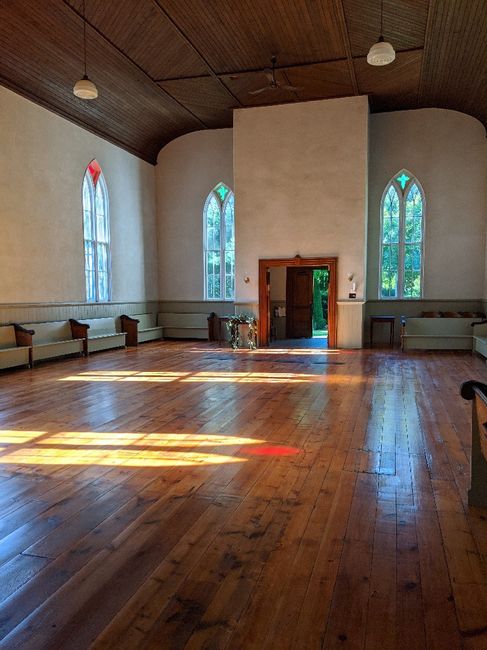

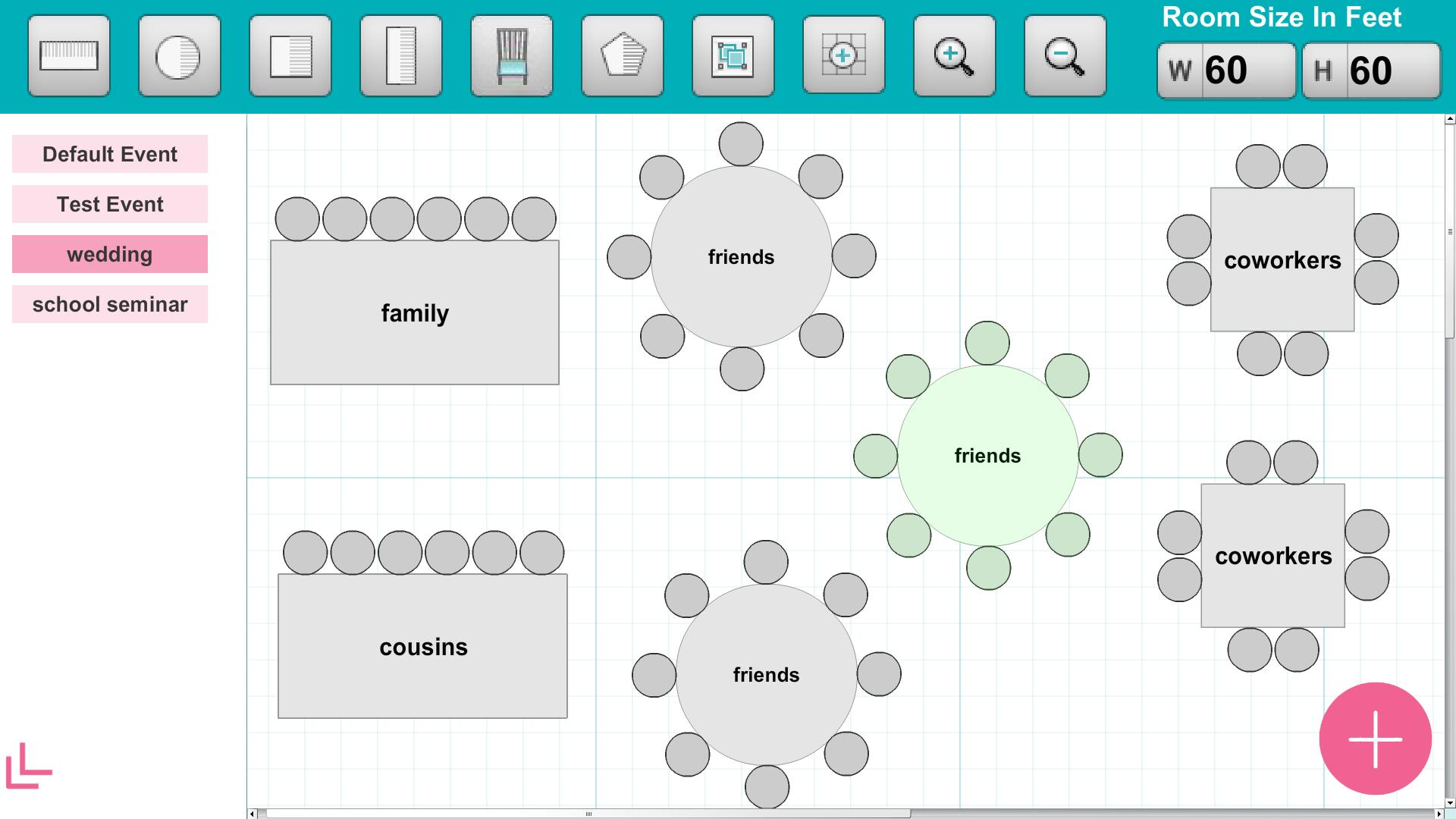




















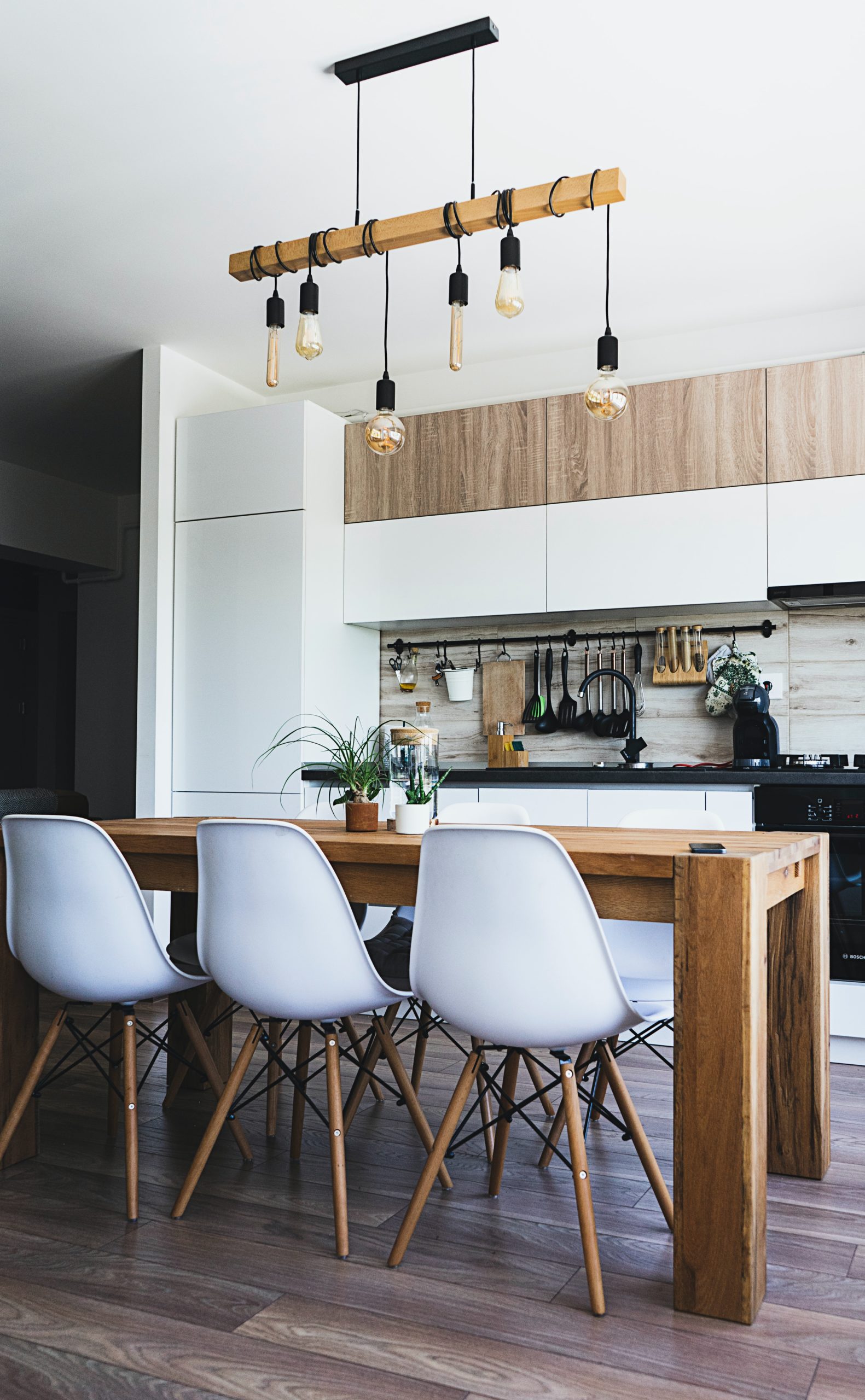
/GettyImages-1048928928-5c4a313346e0fb0001c00ff1.jpg)
